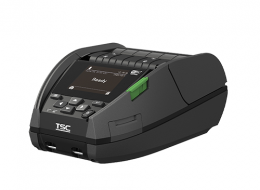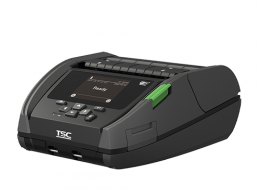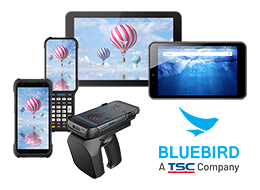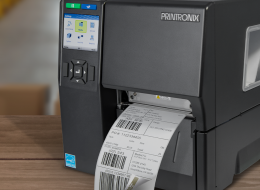Whistleblowing Channel
To foster an honest and transparent culture within TSC and protect the company's reputation, we urge employees and others to report suspected fraud, corruption, or other inappropriate conduct in good faith.
In addition, whistleblower protection policies with particular reporting channels and protective procedures have been implemented.
Individuals are encouraged to report any potential criminal activities, fraudulent behavior, or regulatory violations committed by directors, supervisors, managers, employees, members of the TSC Group, or individuals with significant influence over TSC or the Group.
The following channels are available for reporting such incidents.
- Email:tscwb@tscprinters.com
- Mailing address in written form:9F., No. 95, Minquan Rd., Xindian Dist., New Taipei City 231023, Taiwan
to "TSC Internal Audit Department"
Furthermore, in order to facilitate direct communication between stakeholders and all independent directors, TSC has established a contact email box for independent directors:
Email:tscauditcommittee@tscprinters.com
The reporting method should follow the processes outlined in the [Whistleblower Reporting Channel and Protection Policies]. It is generally prohibited to disclose the details of the reported case to external third parties, unless there are extraordinary circumstances and explicit consent has been obtained.
To ensure that the reported incident is properly investigated and addressed promptly, it is crucial for the person reporting the incident to carefully read and understand the company's [Privacy Statement]. Additionally, the reporter should provide the following details:
- The whistleblower's true full name and ID number, along with an address, telephone number, and email address where the whistleblower can be contacted.
- The full names of the alleged perpetrators, or other information sufficient to make clear the identity of the alleged perpetrators.
- Concrete facts that can be investigated, including date when the incident(s) occurred, details, and available evidence.
- Anonymous or non-identifiable reports may still be accepted if the contents are specific and supported by verifiable information.

































